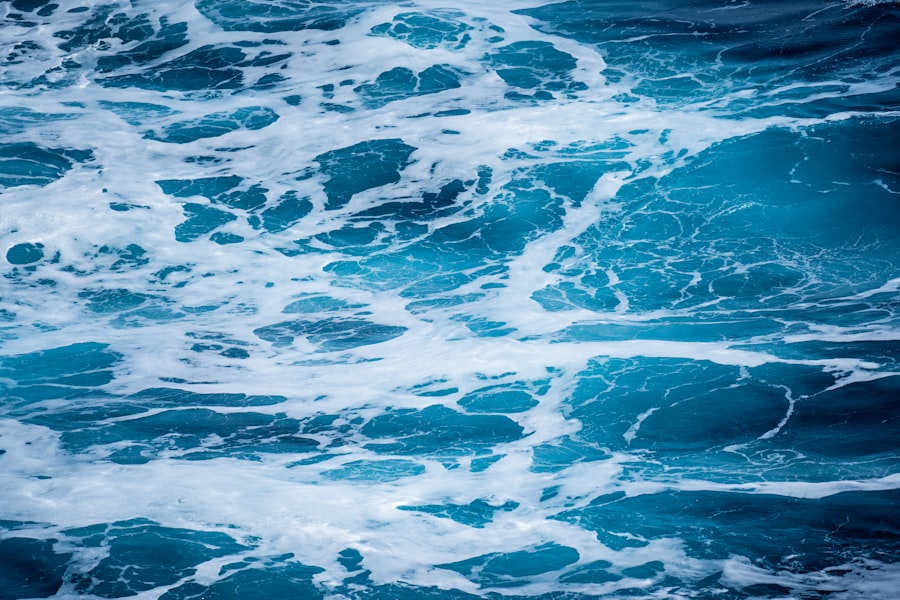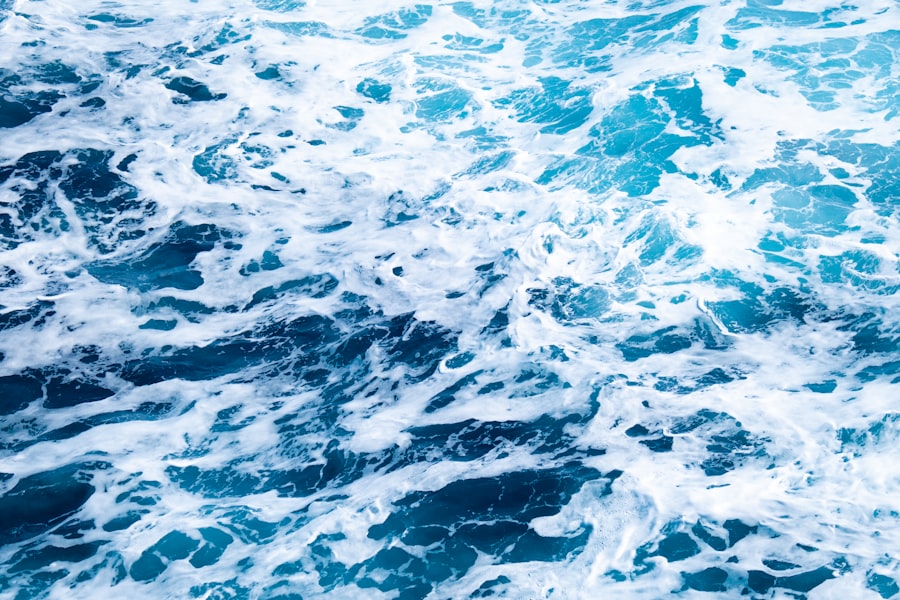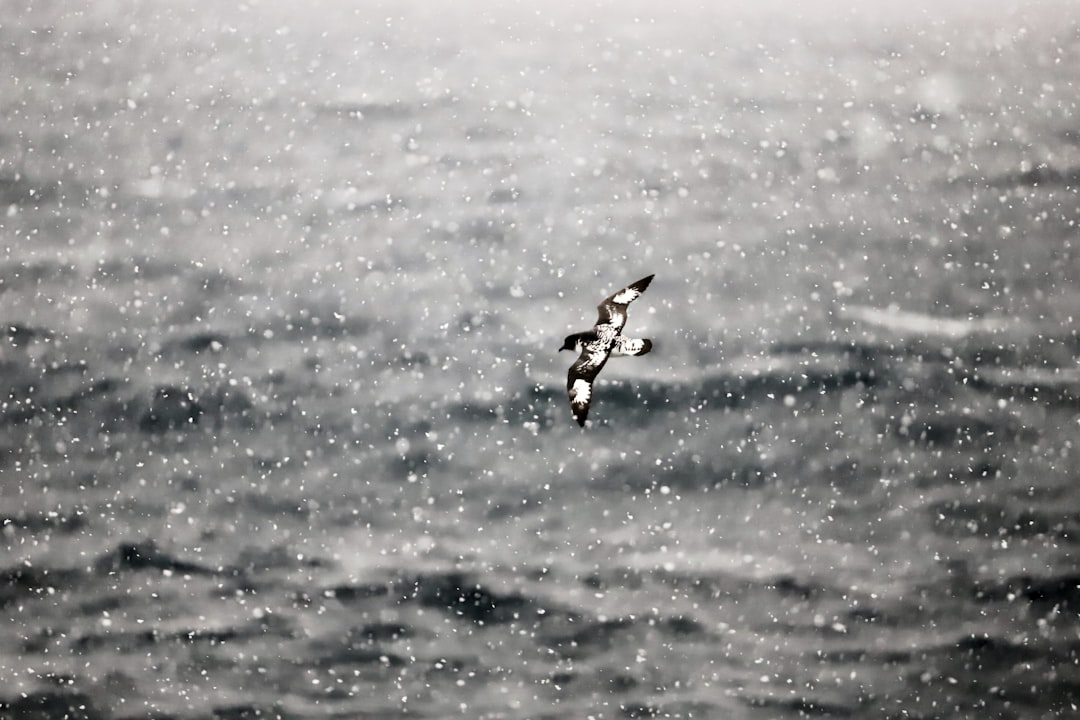The Drake Passage, a body of water situated between the southern tip of South America and Antarctica, is renowned for its tumultuous seas and unpredictable weather. This narrow stretch of ocean, measuring approximately 800 kilometers (500 miles) wide, serves as a critical conduit for marine life and plays a significant role in global oceanic currents. The passage is not only a geographical marvel but also a historical and cultural landmark, steeped in tales of exploration and adventure.
Its waters are often characterized by fierce winds and towering waves, making it one of the most challenging maritime routes in the world. For sailors and researchers alike, the Drake Passage represents both a formidable obstacle and a gateway to the wonders of the Antarctic region. Navigating the Drake Passage is no small feat; it has earned a reputation for its rough seas, which can turn treacherous with little warning.
The confluence of the Atlantic and Pacific Oceans creates a unique environment where weather patterns can shift dramatically. This unpredictability has led to numerous maritime incidents throughout history, making it a focal point for those interested in the challenges of ocean navigation. Despite its dangers, the passage is also celebrated for its breathtaking beauty, with stunning vistas of icebergs and wildlife that attract adventurers and scientists from around the globe.
Key Takeaways
- Drake Passage is a narrow body of water between South America’s Cape Horn and the South Shetland Islands of Antarctica.
- The passage is named after the English explorer Sir Francis Drake, who is believed to have been the first European to navigate it in 1578.
- Early attempts to navigate Drake Passage were met with extreme challenges due to its treacherous weather and strong currents.
- The naming of Drake Passage has sparked historical controversies, with some arguing that it should be named after the Dutch explorer Willem Schouten.
- Modern understanding of Drake Passage emphasizes its role in the global climate system and ocean circulation.
The Discovery of Drake Passage
The discovery of the Drake Passage is intertwined with the Age of Exploration, a period marked by significant maritime expeditions that expanded the known world. While the passage itself had existed long before it was charted, it was not until the late 16th century that European explorers began to navigate these waters with purpose. The first recorded sighting of the passage is attributed to the Spanish navigator Francisco de Hoces in 1525, who sailed through the strait but did not fully comprehend its significance.
It was not until Sir Francis Drake’s voyage in 1578 that the passage gained prominence in European maritime lore. Drake’s expedition was pivotal in mapping the southern seas and establishing routes for future explorers. His journey through these waters provided valuable insights into the geography of the region and laid the groundwork for subsequent explorations.
The passage became a focal point for those seeking to understand the southern hemisphere’s oceanic dynamics, as well as a route for trade and exploration. The challenges faced by early navigators in these waters highlighted both the dangers and opportunities presented by the Drake Passage.
Sir Francis Drake and His Legacy

Sir Francis Drake, an English sea captain, privateer, and explorer, is perhaps best known for his circumnavigation of the globe between 1577 and 1580. His exploits in the Drake Passage were instrumental in shaping his legacy as one of history’s most celebrated navigators. Drake’s journey through these treacherous waters not only showcased his exceptional seamanship but also his ability to adapt to the unpredictable conditions that characterized the passage.
His successful navigation through this challenging route solidified his reputation as a skilled mariner and strategist. Drake’s legacy extends beyond his navigational achievements; he played a crucial role in England’s naval history during a time when maritime power was essential for national security and trade. His encounters with Spanish ships in the Pacific and his subsequent return through the Drake Passage contributed to England’s growing influence on the global stage.
The passage itself became synonymous with Drake’s name, serving as a reminder of his adventurous spirit and pioneering contributions to exploration.
Early Attempts to Navigate Drake Passage
| Expedition | Date | Outcome |
|---|---|---|
| Francis Drake | 1578 | Successful navigation |
| John Davis | 1592 | Unsuccessful attempt |
| Willem Schouten | 1616 | First successful westward passage |
The early attempts to navigate the Drake Passage were fraught with peril and uncertainty. Sailors faced not only the physical challenges posed by rough seas but also the psychological toll of navigating uncharted waters.
The passage’s reputation as a graveyard for ships only added to its mystique, deterring some would-be explorers while inspiring others to brave its depths. One notable early attempt was made by Dutch explorer Willem Schouten in 1616, who sought to find a new route to the East Indies by circumventing South America. Schouten’s journey through the Drake Passage was marked by both triumphs and tribulations, as he encountered fierce storms and navigational challenges that tested his crew’s resolve.
Despite these hardships, Schouten’s expedition ultimately succeeded in charting new territories and contributed to a greater understanding of the passage’s geography.
The Naming of Drake Passage
The naming of the Drake Passage is a testament to Sir Francis Drake’s enduring legacy as an explorer. In recognition of his contributions to navigation and exploration, this body of water was named after him in the early 19th century. The decision to honor Drake with this designation reflects not only his achievements but also the broader context of European exploration during that era.
As explorers sought to map uncharted territories, naming geographical features after prominent figures became a common practice. The name “Drake Passage” serves as a reminder of the challenges faced by early navigators and their relentless pursuit of knowledge about the world’s oceans. It encapsulates both the spirit of adventure that characterized Drake’s voyages and the historical significance of this maritime route.
Over time, the name has become synonymous with exploration, adventure, and the indomitable human spirit that drives individuals to conquer nature’s most formidable challenges.
Historical Controversies Surrounding the Naming

While the naming of the Drake Passage is widely accepted today, it has not been without its controversies. Some historians argue that other explorers may have had prior claims to this body of water, suggesting that naming it solely after Drake overlooks their contributions. For instance, there are claims that earlier navigators like de Hoces or even indigenous peoples had knowledge of these waters long before European explorers arrived.
This debate highlights the complexities surrounding historical narratives and how they are shaped by cultural perspectives. Moreover, discussions about naming conventions often reflect broader themes of colonialism and representation in history. The act of naming geographical features after European explorers can overshadow indigenous histories and contributions to navigation.
As modern scholarship continues to evolve, there is an increasing awareness of these complexities, prompting calls for more inclusive narratives that recognize diverse perspectives on exploration and discovery.
Modern Understanding of Drake Passage
In contemporary times, the understanding of the Drake Passage has evolved significantly due to advancements in technology and scientific research.
Researchers now recognize that the Drake Passage plays a crucial role in global climate systems, influencing weather patterns far beyond its immediate vicinity.
The passage is also an area of intense study for oceanographers and marine biologists who seek to understand its unique ecosystems. The convergence of cold Antarctic waters with warmer currents creates a rich habitat for diverse marine life, including whales, seals, and various fish species. This modern understanding underscores the importance of preserving this vital marine environment while navigating its challenges.
Scientific Importance of Drake Passage
The scientific importance of the Drake Passage cannot be overstated; it serves as a natural laboratory for studying oceanic processes and climate change. The passage acts as a conduit for deep ocean currents that circulate around the globe, playing a critical role in regulating Earth’s climate systems. Researchers have identified that changes in temperature and salinity within these waters can have far-reaching implications for global weather patterns.
Additionally, studies conducted in the Drake Passage have provided valuable insights into marine biodiversity and ecosystem dynamics. The unique conditions found within this body of water support an array of species that are adapted to its harsh environment. Understanding these ecosystems is essential for conservation efforts aimed at protecting marine life from threats such as climate change and overfishing.
Environmental Significance of Drake Passage
The environmental significance of the Drake Passage extends beyond its role as a navigational route; it is also a critical area for biodiversity conservation. The passage serves as a migratory pathway for various marine species, including whales and seabirds that rely on its rich feeding grounds during their seasonal migrations. The health of these ecosystems is vital not only for local wildlife but also for global biodiversity.
Moreover, as climate change continues to impact ocean temperatures and currents, monitoring changes within the Drake Passage has become increasingly important. Scientists are closely observing how shifts in this region may affect broader ecological systems and contribute to rising sea levels or altered weather patterns worldwide. The environmental significance of this passage underscores the need for sustainable practices that protect its delicate ecosystems while allowing for continued exploration and research.
Cultural and Geographic Impact of the Naming
The cultural impact of naming geographical features like the Drake Passage extends beyond mere recognition; it shapes collective memory and identity associated with exploration. The name evokes images of adventure, bravery, and discovery—qualities that resonate deeply within maritime cultures around the world. For many sailors and adventurers today, traversing these waters represents not just a physical journey but also an homage to those who came before them.
Geographically, naming conventions influence how regions are perceived on maps and within historical narratives. The designation “Drake Passage” has become synonymous with exploration narratives that celebrate human ingenuity against nature’s challenges. This cultural framing can inspire future generations to engage with maritime history while fostering appreciation for both past achievements and ongoing scientific endeavors in understanding our oceans.
The Legacy of Drake Passage
The legacy of the Drake Passage is multifaceted; it encompasses historical exploration, scientific inquiry, environmental stewardship, and cultural identity. As one navigates these turbulent waters today—whether aboard research vessels or adventure cruises—there remains an undeniable connection to those who ventured into this realm centuries ago. The passage stands as both a testament to human resilience in overcoming nature’s challenges and an ongoing reminder of our responsibility toward preserving fragile marine ecosystems.
In conclusion, while Sir Francis Drake’s name may dominate discussions surrounding this body of water, it is essential to recognize that its significance extends far beyond any single individual or event. The Drake Passage continues to inspire curiosity about our planet’s oceans while serving as a critical site for scientific research aimed at understanding climate change impacts on marine environments worldwide. As we look toward future explorations within these waters—guided by both history’s lessons and modern science—the legacy of the Drake Passage will undoubtedly endure for generations to come.
The Drake Passage, a significant body of water connecting the Atlantic and Pacific Oceans between the southern tip of South America and Antarctica, is named after the English explorer Sir Francis Drake. This passage is renowned for its challenging navigation conditions due to strong winds and currents. For more detailed insights into the history and significance of the Drake Passage, you can explore a related article on the topic by visiting this page. This article delves into the historical context and the reasons behind the naming of this crucial maritime route.
WATCH NOW! Drake Passage: Earth’s Deadliest Waters Revealed
FAQs
What is the Drake Passage?
The Drake Passage is a body of water located between the southern tip of South America and the northern tip of the Antarctic Peninsula. It connects the southwestern part of the Atlantic Ocean with the southeastern part of the Pacific Ocean.
How did the Drake Passage get its name?
The Drake Passage is named after the English explorer Sir Francis Drake, who is believed to be the first European to have sailed through the passage in 1578.
Why is the Drake Passage significant?
The Drake Passage is known for its rough and unpredictable seas, making it one of the most challenging and dangerous navigable passages in the world. It is also an important route for the circulation of ocean currents and marine life between the Atlantic and Pacific Oceans.
What is the weather like in the Drake Passage?
The weather in the Drake Passage is characterized by strong winds, high waves, and rapidly changing conditions. It is notorious for its stormy and unpredictable weather, which can make sailing through the passage extremely challenging.
What is the wildlife like in the Drake Passage?
The Drake Passage is home to a diverse range of marine life, including whales, seals, and seabirds. It is also an important feeding ground for various species of fish and krill, which in turn attract larger predators such as whales and seabirds.
